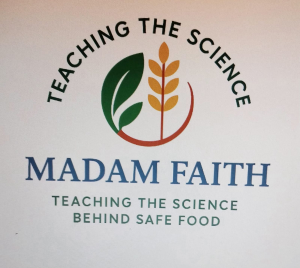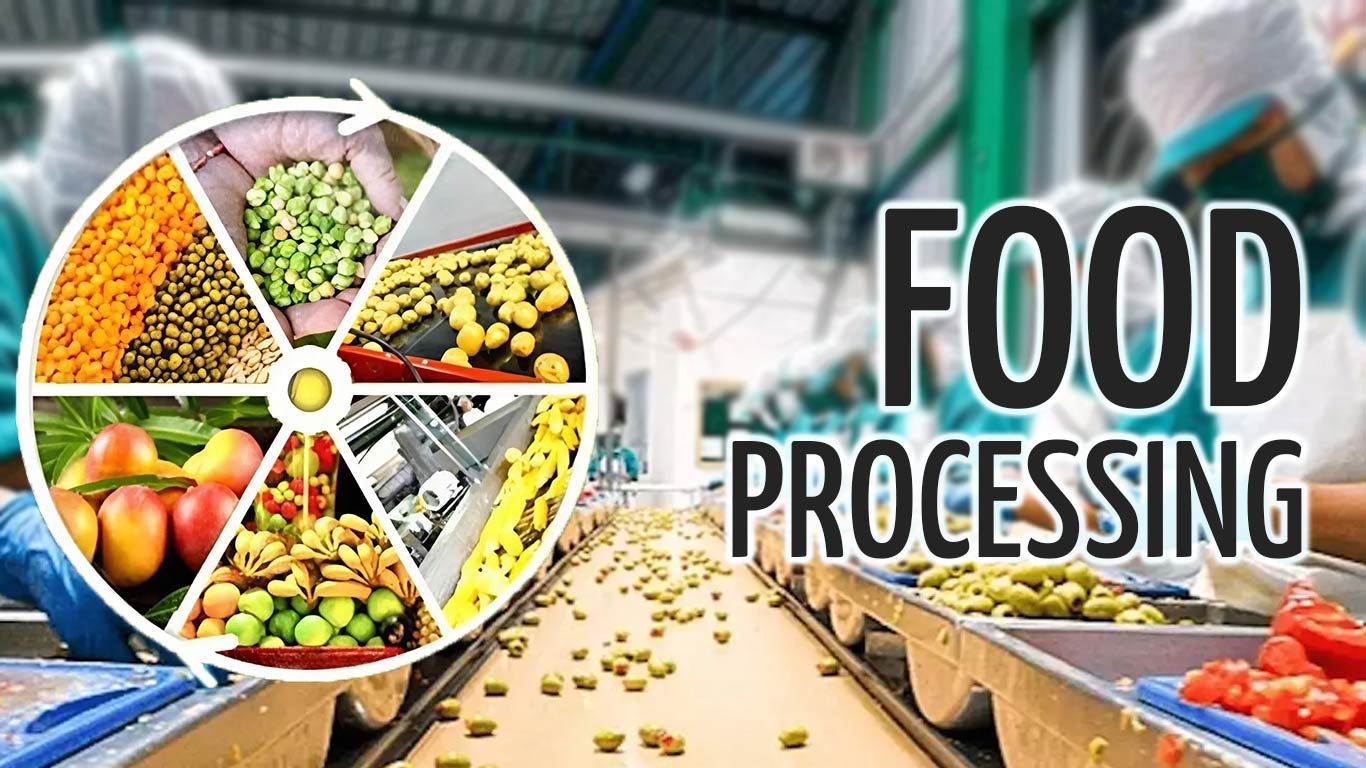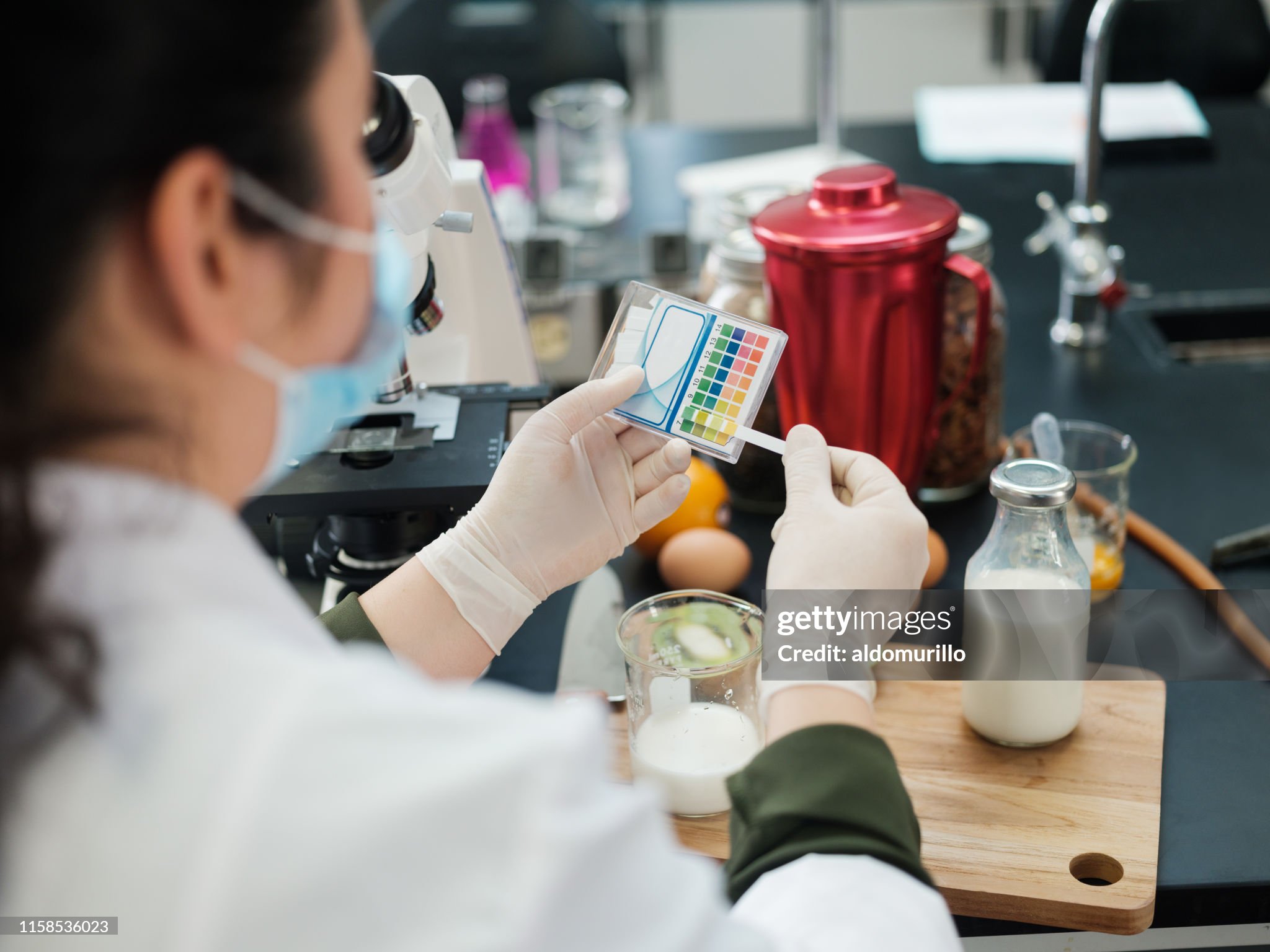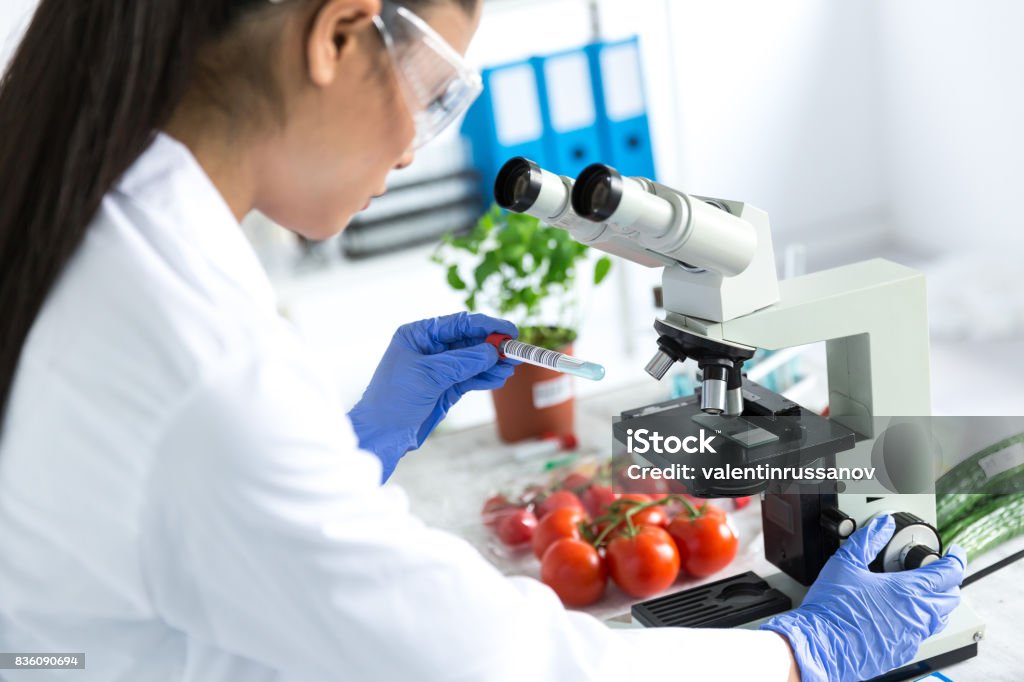
Food Quality Assurance (FQA) is a comprehensive system designed to guarantee that food products consistently meet rigorous safety and quality standards from the farm all the way to your plate. It's not just about fixing problems after they happen; it's about preventing them proactively.
The core purpose of FQA is to safeguard consumer health by ensuring food is safe to eat and to maintain consistent product quality, which includes everything from taste and texture to nutritional value. This is achieved through a set of interconnected principles:
- Prevention is Key: FQA focuses on identifying and controlling potential hazards (like bacteria or contaminants) at every step of food production.
- Good Manufacturing Practices (GMPs): These are the fundamental rules for hygiene, facility design, equipment, and staff training that minimize contamination risks.
- HACCP (Hazard Analysis and Critical Control Points): This is a systematic approach to food safety that pinpoints critical points where hazards can be eliminated or reduced.
- Traceability: The ability to track a food product's journey from its origin to your shopping cart is crucial for quick action if any issues arise.
- Supplier Management: Ensuring that all raw materials and ingredients meet strict quality and safety criteria.
- Rigorous Testing and Monitoring: Regular checks and controls throughout the production process to ensure everything is on track.
- Continuous Improvement: FQA is an ongoing effort, always looking for ways to enhance processes and products.
Ultimately, effective FQA leads to safer food for consumers, compliance with regulations, a stronger brand reputation, and reduced waste and costs for food businesses. It's the assurance that the food you buy is consistently high quality and safe.
- Teacher: Admin User




